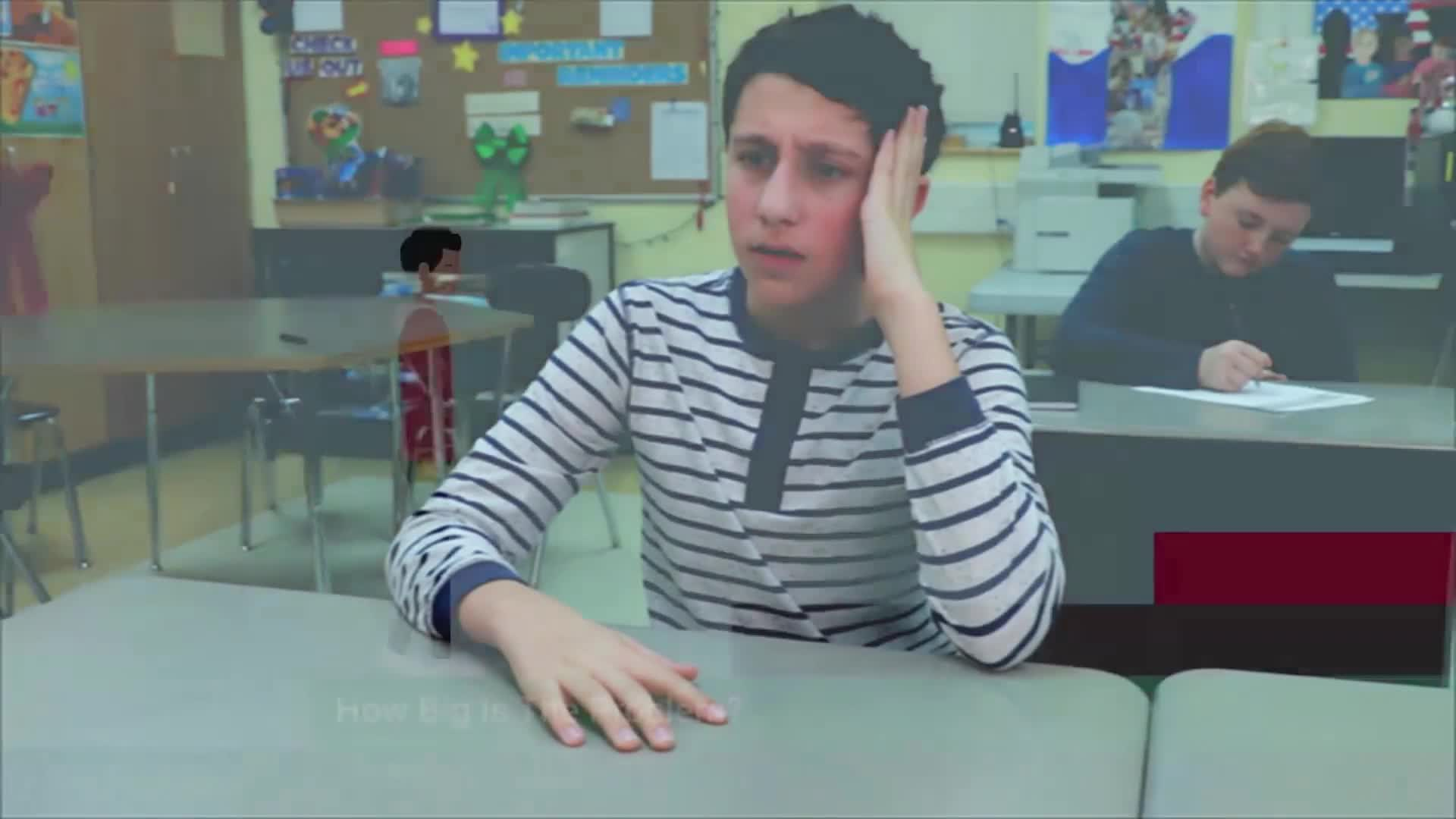
Introduction
In today’s world, problem-solving skills are essential for students to navigate through various challenges in their daily lives. This blog post introduces an engaging game called “Solve It,” specifically designed for special education students to develop and practice their problem-solving abilities. The game focuses on breaking down problems into smaller, manageable steps, encouraging students to think critically and communicate effectively.
No-Prep Activity
Here’s a no-prep activity for educators to introduce the Solve It game to their students. The game can be played in a group setting, with students taking turns to come up with problems and act as problem solvers. Follow these simple steps to get started:
- Divide students into small groups or pairs.
- Ask each group to think of a relatable problem that they might face in their daily lives.
- Have the students work together to go through the following problem-solving steps:
- Identify the problem: What’s wrong?
- Figure out how big the problem is: Is it a small or big issue?
- Think of possible solutions: Brainstorm different ways to solve the problem.
- Pick a solution: Choose the best solution from the brainstormed ideas.
- Try the solution and reassess: Implement the chosen solution and evaluate its effectiveness. If it works, the problem is solved! If not, try another solution.
- Encourage students to discuss their feelings and emotions throughout the process, taking breaks as needed to check in with each other.
Discussion Questions
Use these discussion questions to facilitate further conversations about problem-solving and the Solve It game:
- How did you feel when you were working through the problem-solving steps? Were any steps particularly challenging or easy?
- How can effective communication help in solving problems, both individually and in a group setting?
- Why is it important to consider multiple solutions before choosing one to implement?
- How can you apply the problem-solving steps you learned in the Solve It game to real-life situations?
- Can you think of a time when you had to solve a problem? How did you handle it, and what could you have done differently using the Solve It game’s steps?
Related Skills
Playing the Solve It game helps students develop not only problem-solving skills but also several related abilities, such as:
- Communication: Effectively conveying thoughts and ideas to others.
- Collaboration: Working together towards a common goal.
- Critical thinking: Evaluating information and making informed decisions.
- Emotional awareness: Recognizing and understanding one’s emotions and those of others.
- Adaptability: Adjusting to new situations and challenges.
Next Steps
Now that you’ve learned about the Solve It game and its benefits, why not explore more resources to help your students develop their problem-solving skills and other social-emotional learning competencies? Sign up for free samples of the discussed skill and others at Everyday Speech. These materials are designed specifically for educators working with special education students, providing a wide range of engaging activities and resources to support their growth and development.

